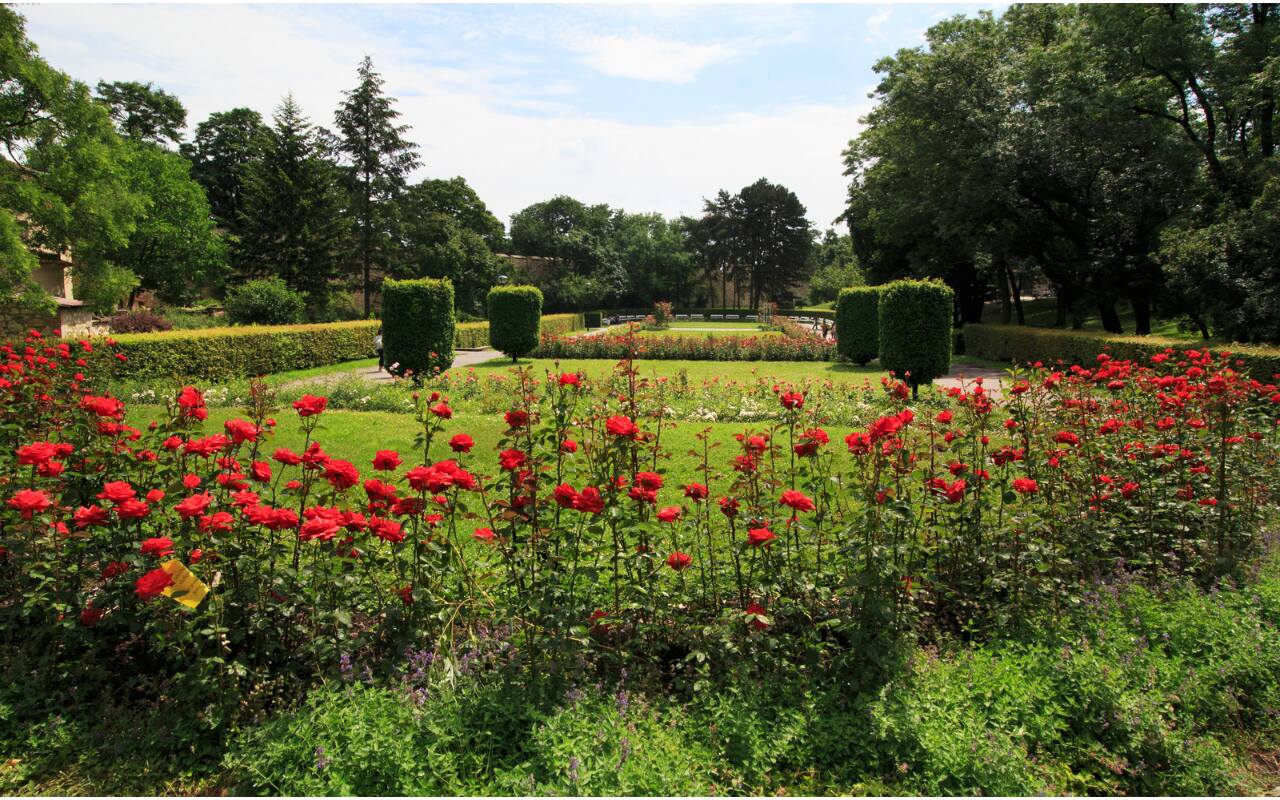Discovering Europe’s Most Beautiful Gardens: A Springtime Journey
Monet’s Garden, France
Situated in the charming village of Giverny, Monet’s Garden is a vibrant tapestry of color and tranquility. Open from April 1 to November 1, this garden offers a glimpse into the world that inspired one of the most influential painters of the French Impressionist movement. The best time to visit is the spring months, especially from April to June, when the garden is in full bloom.
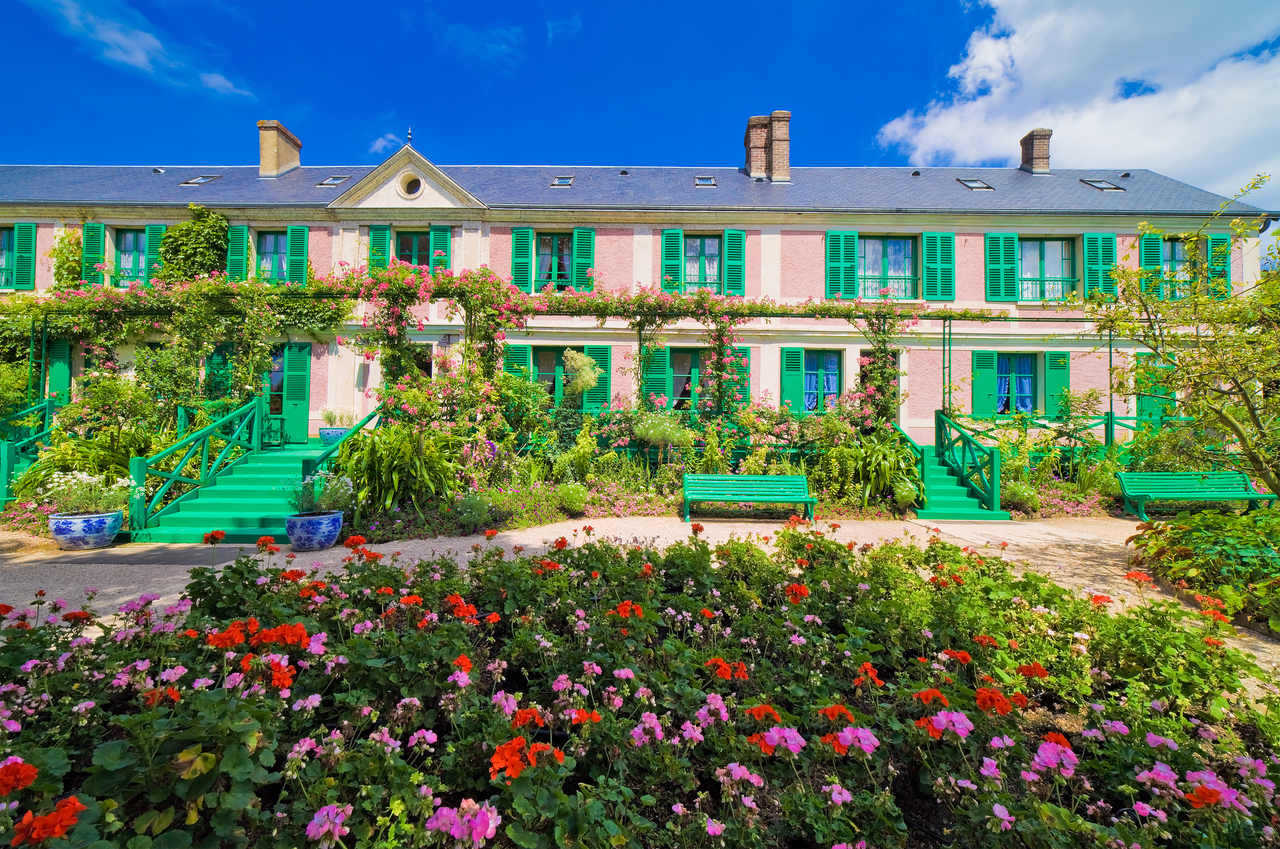
Tour details:
- Best viewing time: Water lilies, famous for Monet’s paintings, are best viewed from June to September 3. For fewer crowds and a quieter experience, visit early in the morning or late in the afternoon.
- Accessibility: The garden is conveniently located a short walk from Giverny train station, making it easily accessible to those traveling from Paris. For people traveling by car, it is just over an hour’s journey.
- Additional attractions: Visitors can also tour Monet’s house, which is part of the overall experience and offers insight into his life and work. Near the Musée des Impressnismes Giverny there is a flower garden open to the public during museum opening hours.
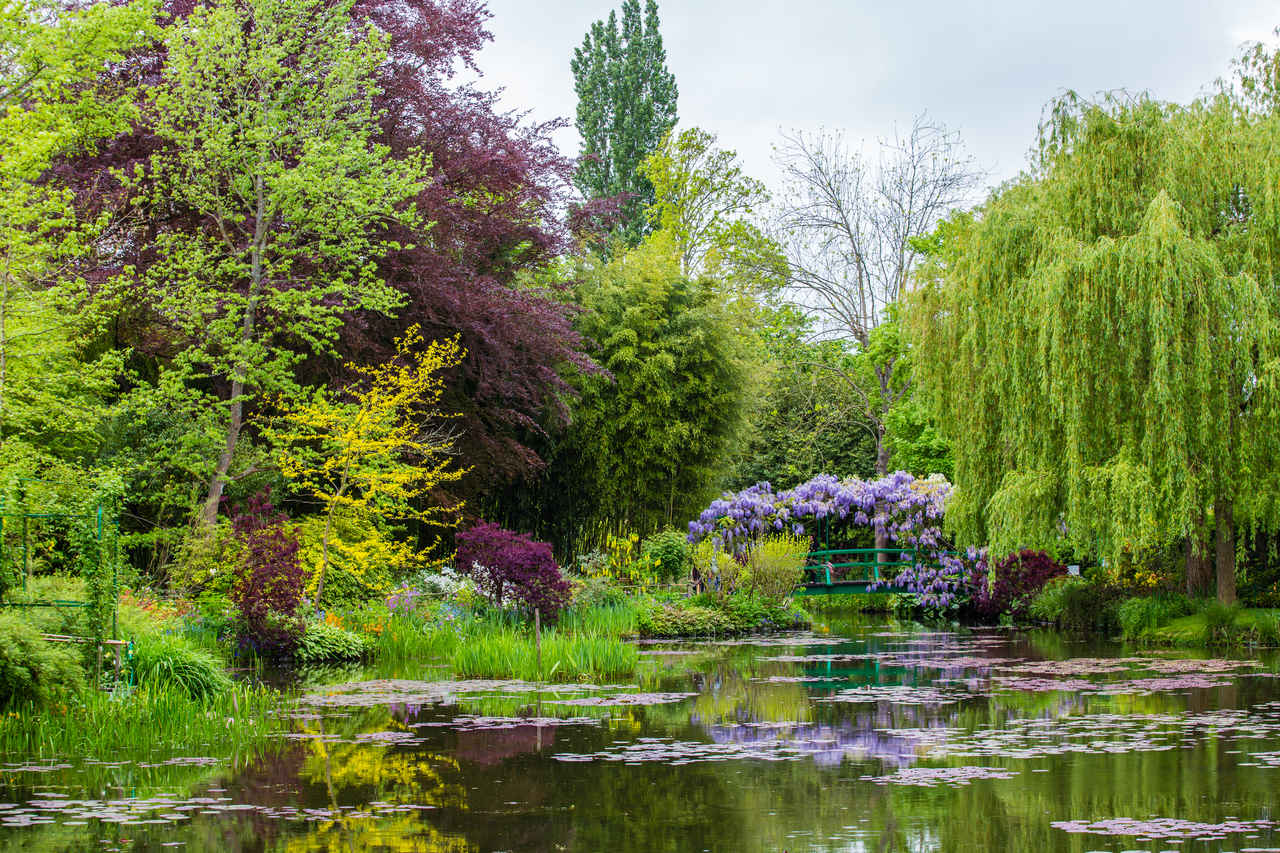
Jardins du Château de Versailles, France
As you delve into the heart of French heritage, the Jardins du Château de Versailles tempts you with its grandeur and historical depth. These gardens, founded by André Le Nôtre in 1661, are a testament to royal landscape design across a vast area of 800 hectares. They are decorated with over 350 statues and equipped with a stunning array of over 50 fountains and 600 water jets, creating a mesmerizing visual feast.

Key features and attractions:
- Grand Canal and Groves: The focal point is the Grand Canal, surrounded by intricate groves such as the Ball Grove dedicated to dancing and the Enceladus Grove with a dramatic sculpture of Enceladus emerging from the earth.
- Fountain Displays: Not to be missed are the Grandes Eaux Fountain Displays, which illuminate the gardens with spectacular displays of water and light, especially from late spring to early fall. During these events, fountains, some dating back to the era of Louis XIV, are displayed in all their glory.
- Statues and topiaries: The gardens are home to the world’s largest open-air sculpture museum, with 400 carefully crafted statues. The topiaries are kept in pristine condition, cut into perfect shapes that complement the artistic surroundings.

Arctic-Alpine Botanical Garden, Norway
Unique Plant Collections and Exhibits:
The Arctic-Alpine Botanical Garden in Tromsø, Norway, boasts a diverse range of plant species, making it a must-visit for botanical enthusiasts. With over 5,000 species, the garden features unique collections such as the Svalbard Collection, the Alpine Collection, and the Arctic Collection, which showcase flora from Arctic, alpine, and sub-alpine regions. Notably, the garden emphasizes systematic collections based on plant families, with a rich selection of saxifrages, primulas, and gentians. This systematic arrangement provides an educational experience, allowing you to understand the relationships and characteristics of different plant groups.
Visitor Amenities and Activities:
During your visit, you can enjoy various amenities and activities that enhance the experience. Hansine Hansen’s café, open during the summer months, offers delightful treats like waffles and cakes, perfect for enjoying while overlooking the garden. The visitor center, which includes a café and a shop, serves as a welcoming gateway to the garden. For a more in-depth exploration, guided tours are available upon request during the summer season, providing insights into the botanical and historical significance of the plant collections.

Research and Conservation Efforts:
The Arctic-Alpine Botanical Garden is not only a place for public enjoyment but also a center for botanical research and conservation. The garden houses a library and herbarium, which are crucial for research purposes, particularly in the study of Arctic and alpine plants. Additionally, the garden’s commitment to showcasing a wide array of plants from all continents, including those from extreme environments like the Arctic and Antarctic, underscores its role in global botanical conservation efforts.
Alhambra Palace and Gardens, Spain
Overview and Historical Significance:
The Alhambra Palace, set against the backdrop of Granada, Spain, is a stunning testament to medieval Moorish culture and its architectural ingenuity. Originally a small fortress built in 889 AD, it was later transformed by the Nasrid Dynasty during the 13th and 14th centuries into the magnificent palatial complex seen today. The site encompasses the Palaces, the Alcazaba (military area), and the Generalife (leisure area and gardens), each offering a glimpse into the rich history and breathtaking artistry of the period.

Tour Options and Architectural Highlights:
When visiting the Alhambra, you can choose from several tour options. Guided tours, available in multiple languages, cater to groups of up to 30 people, ensuring a comprehensive and educational experience. For those seeking a more tailored visit, private and educational tours are also available. The architecture of the Alhambra is renowned for its ornate stucco work, vibrant tile mosaics, and intricately carved wooden ceilings, which are a feast for the eyes and a testament to the craftsmanship of its creators.
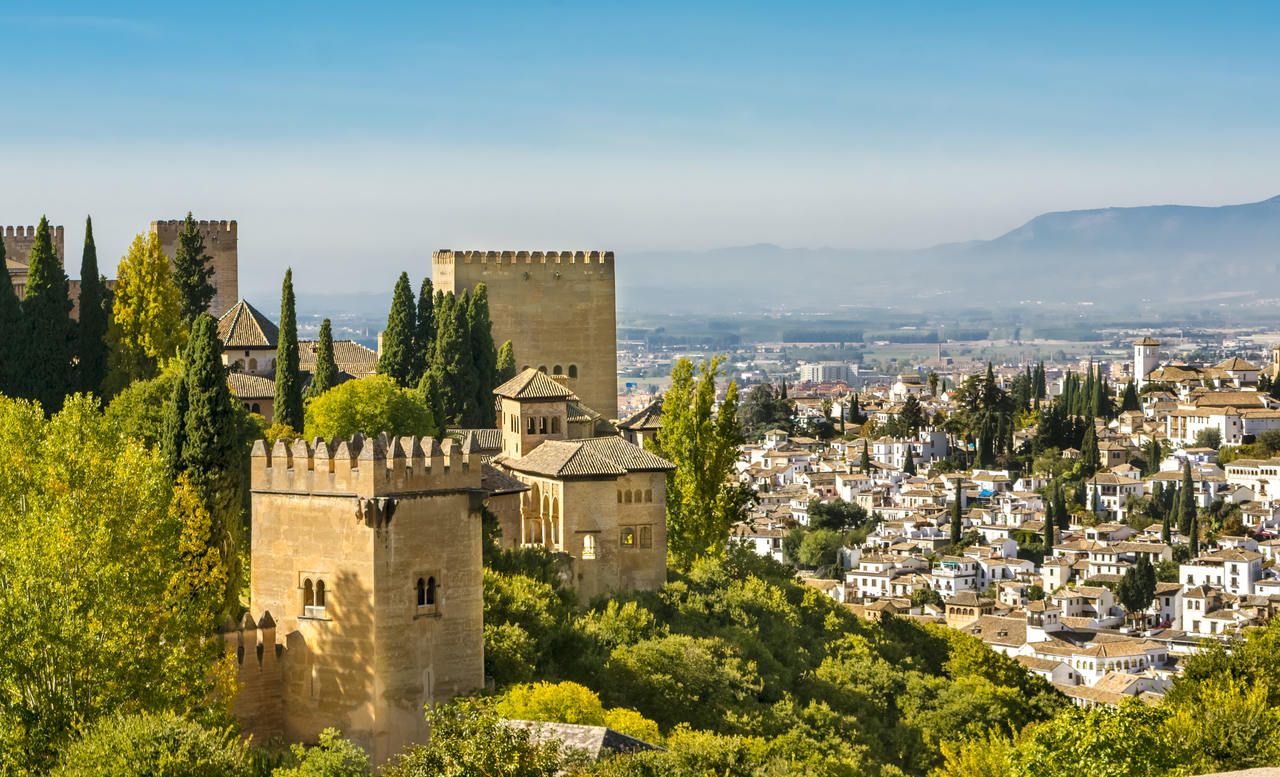
Generalife Gardens and Practical Information:
The Generalife, part of the leisure gardens of the Alhambra, offers a serene escape with its lush array of plants, flowers, and elegant water features. Open every day except Christmas and New Year’s Day, the Alhambra recommends visitors to allocate 3-4 hours for a full experience, and it is advisable to purchase tickets well in advance. The gardens and palace are wheelchair accessible, ensuring that everyone has the opportunity to enjoy this UNESCO World Heritage Site. Additionally, the Alhambra Pedagogical and Cultural Association provides special pricing for combining visits to the Alhambra with other activities in Granada, making it a culturally enriching experience.
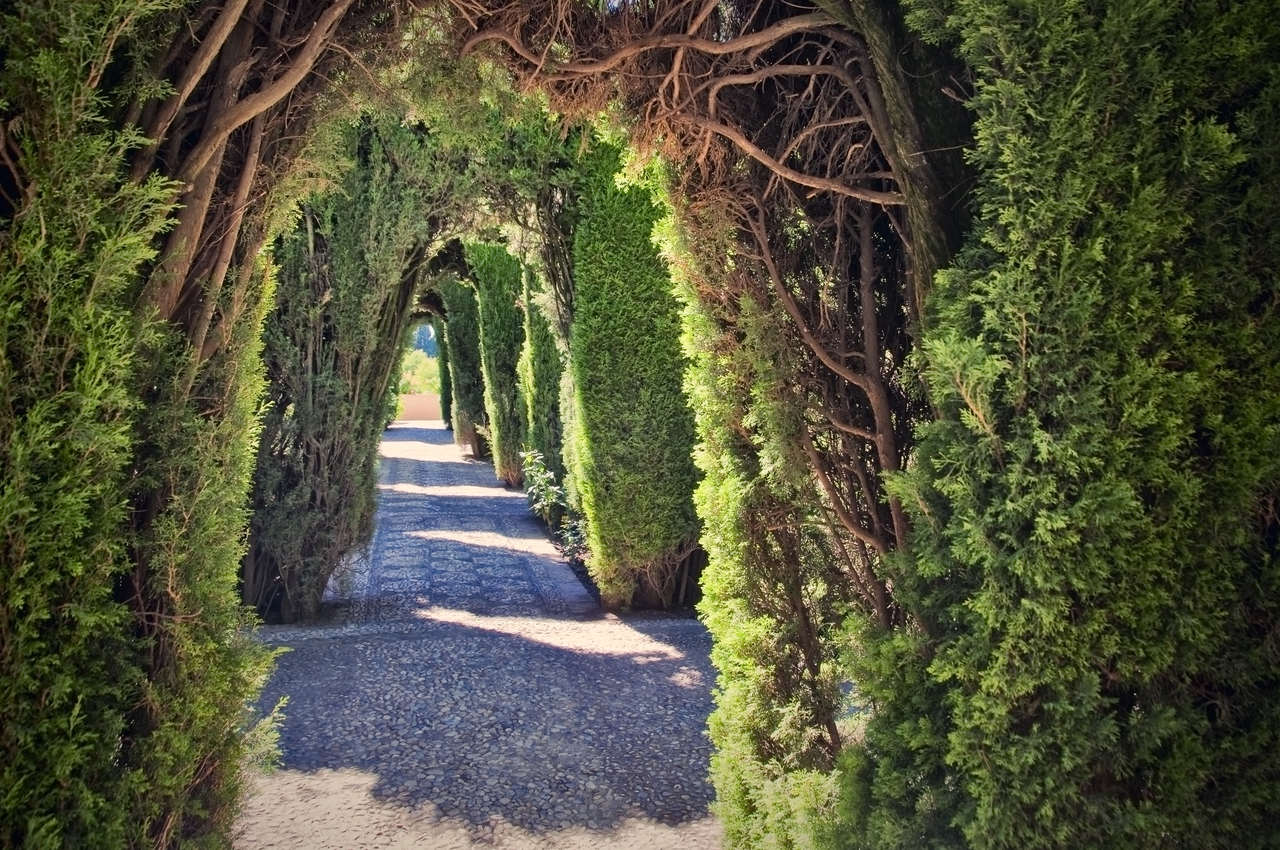
Petřín Gardens, Czech Republic
Petřín Gardens, nestled on the scenic Petřín Hill in the heart of Prague, cover an expansive 1.12 square kilometers and offer a lush retreat from the urban bustle. Established in 1834 to commemorate the centennial of Emperor Franz Joseph I’s reign, these gardens are a historical gem featuring a variety of terraced areas such as the Upper Gardens, Lower Gardens, Nebozízek, and Kinský Garden. Springtime is particularly magical here, as the gardens bloom with white cherry blossoms, creating a picturesque setting perfect for leisurely strolls or picnics.
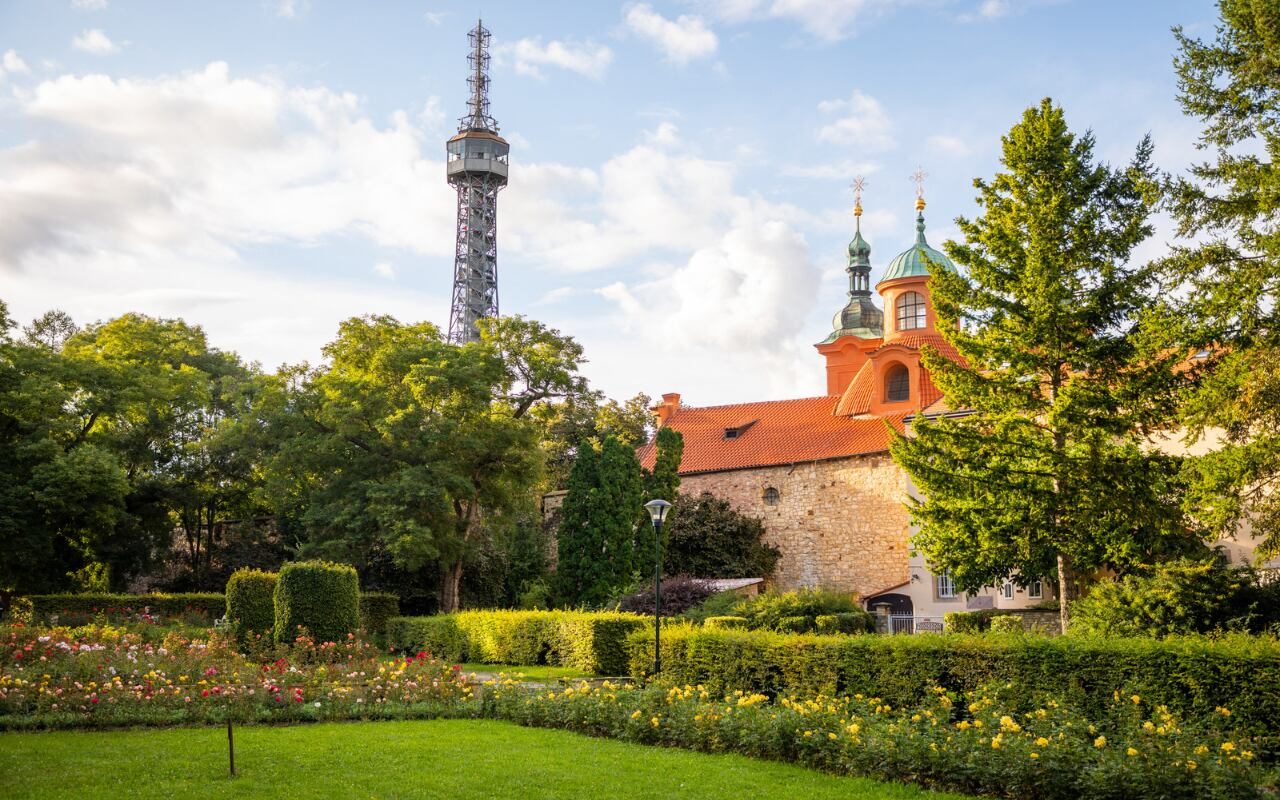
Key Attractions and Features:
- Historical Structures: The Petřín Lookout Tower, resembling a mini Eiffel Tower, stands 60 meters tall and offers panoramic views of Prague. Built in 1891, it is a focal point of the gardens.
- Floral and Botanical Diversity: Home to a wide array of vegetation, the gardens boast linden, oak, and chestnut trees, alongside meticulously maintained rose gardens and various flower beds.
- Interactive Experiences: For a touch of whimsy, the Mirror Maze, constructed in 1885, provides a fun and disorienting adventure for visitors of all ages.
